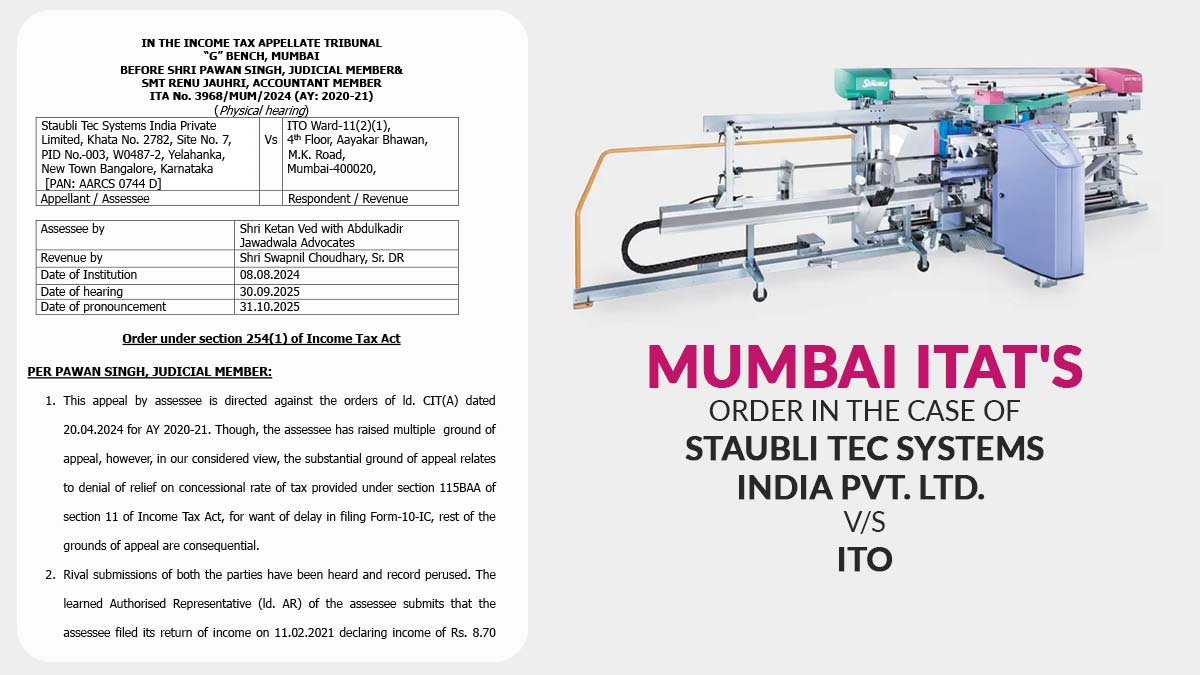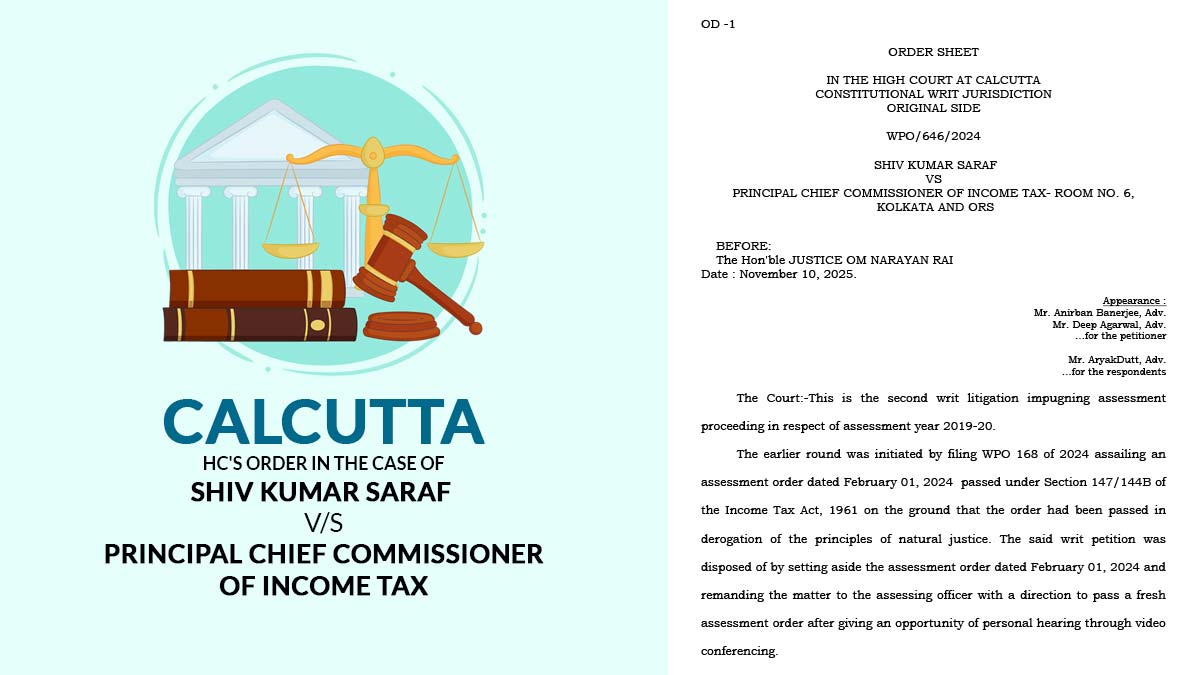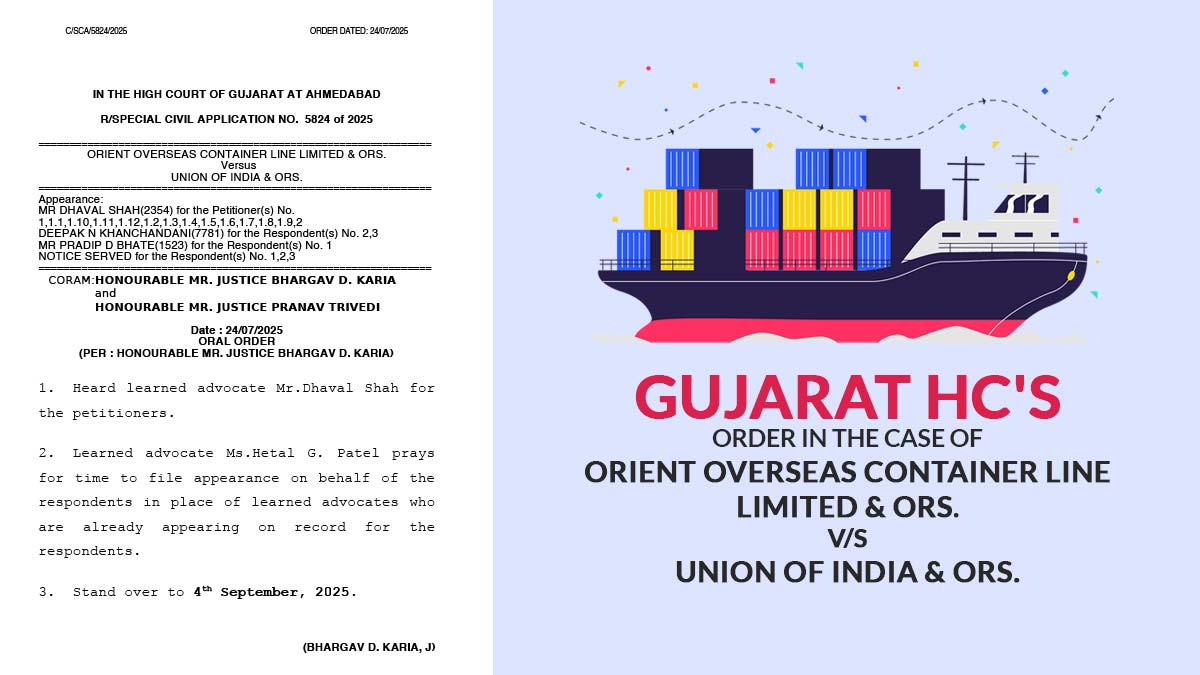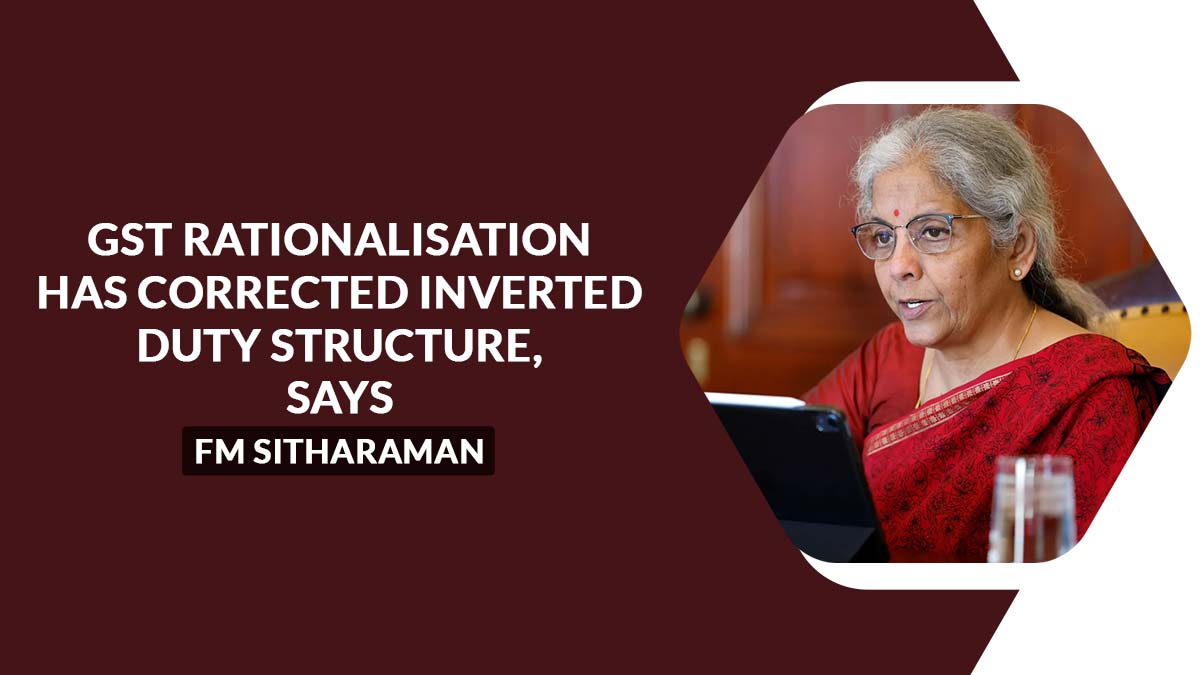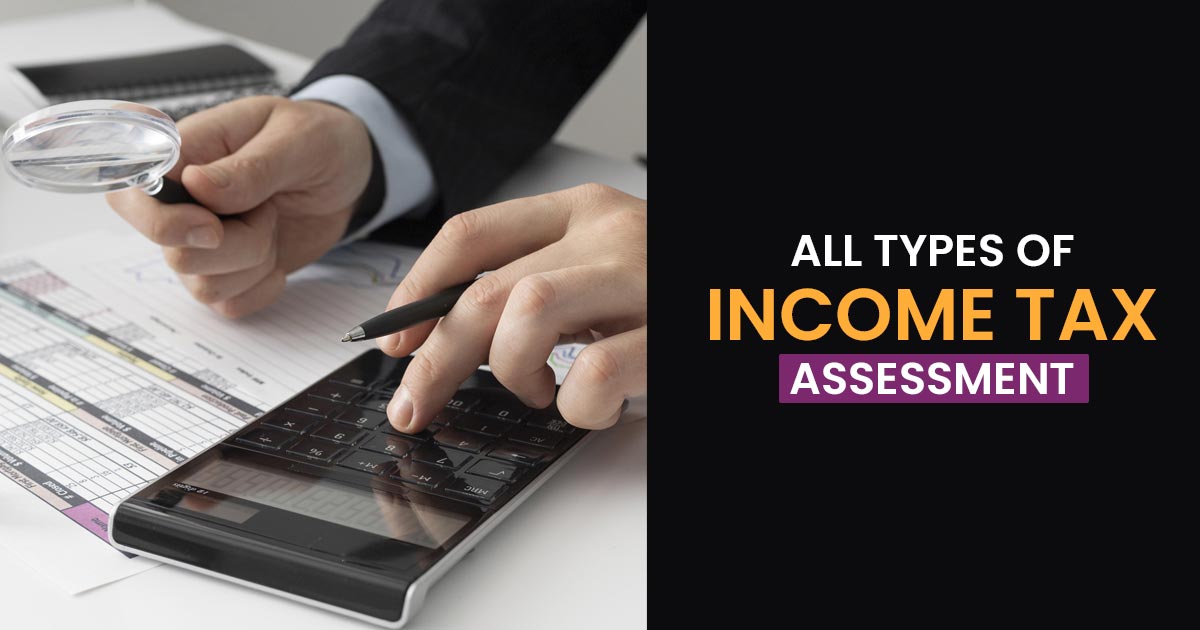
The Income Tax Department (ITD) uses various methods to assess income. Initially, taxpayers must declare their income, providing accurate and comprehensive information from different sources like salary, business, house property, capital gains, etc. This declaration facilitates the income tax assessment process.
After the taxpayer completes and confirms their return, the Income Tax Department (ITD) takes over and initiates the handling process. This involves conducting an initial review to identify any discrepancies or irregularities.
Once the income is declared, the ITD uses various measures to verify the accuracy of the provided information. One important tool for this purpose is the scrutiny process. Under scrutiny, taxpayers may be required to provide additional details, documents, or clarifications regarding specific aspects of their income.
Another important factor in evaluating income is comprehending the various tax deductions and exemptions. Individuals can benefit from deductions outlined in specific sections of the Income Tax Act, including investments in designated financial instruments, expenses related to education or healthcare, and contributions made to eligible charitable organisations. Employing these deductions correctly can greatly influence the ultimate amount of taxable income.
Most Common Methods of Conducting Income Tax Assessments?
The department employs different types of assessments, including self-assessment, summary assessment, regular assessment, scrutiny assessment, best judgment assessment, and income escaping assessment, explained by a tax expert. Check out the details below.
Self-Tax Assessment
Taxpayers determine their tax liability by calculating their income and making adjustments for losses, deductions, and exemptions. Any self-assessment tax must be paid before submitting the tax return.
Summary Tax Assessment
This type of assessment does not involve human intervention. It verifies the accuracy and reasonableness of the taxpayer’s return by cross-referencing the provided information with the data gathered by the ITD. The online processing corrects any arithmetic errors, invalid claims, or disallowed items. For instance, if the taxpayer claims a higher tax credit than what the department records indicate, an adjustment is made. The taxpayer will be notified under Section 143(1) if they need to pay additional taxes and must act accordingly.
The expert explains that this automated process compares the tax return with the department’s records to identify errors, discrepancies, incorrect claims, and disallowed items. Adjustments are made if necessary, and the taxpayer is informed through a notification under IT Section 143(1).
Regular Tax Assessment
This assessment is carried out by an Assessing Officer or an authorised Income Tax authority, who must hold a rank not below that of an income tax officer, designated by the ITD. The aim is to ensure that taxpayers have not understated their income, overstated expenses or losses, or paid insufficient taxes. An expert clarified that explains that the Central Board of Direct Taxes (CBDT) has established specific criteria for selecting cases to undergo scrutiny assessments.
For Example: Upon initiation of a scrutiny assessment, the tax department will issue a notice in advance, but this notification must be served within three months from the end of the financial year in which the return gets filed.
During this process, the taxpayer is obligated to provide their books of accounts and supporting evidence to substantiate the income declared in their return. Subsequently, the assessing officer thoroughly examines all available details and issues an order, either confirming the filed income tax return or making additional inclusions. This decision results in an income tax demand, requiring the taxpayer’s appropriate response.
Scrutiny Assessment involves an evaluation by an assigned income tax officer after the submission of an income tax return. Notification is sent to the taxpayer under Section 143(2). The officer may request information, documents, and books of accounts for a comprehensive examination. The officer determines the taxpayer’s income tax liability, and any discrepancy between the income and the tax due necessitates either an additional payment or a refund for the taxpayer.
Should the taxpayer disagree with the assessment, they possess the choice to pursue rectification under Section 154 or lodge a revision application as per either Section 263 or Section 264. If the scrutiny assessment order is considered invalid, the taxpayer has the option to escalate the matter by appealing to higher authorities, adhering to the hierarchy of Corporate Income Tax (CIT), Income Tax Appellate Tribunal (ITAT), High Court, and ultimately the Supreme Court.
Best Judgment Assessment
The following circumstances lead to the application of this assessment:
- In case the taxpayer fails to respond to a departmental notice mandating the production of specific information or books of accounts
- If they do not comply with a special audit directed by the income tax authorities
- Should the taxpayer miss the deadline for filing the return, including any extended time limit permitted by the Central Board of Direct Taxes (CBDT)
- If the taxpayer does not comply with the terms stipulated in the notice issued under summary assessment. After providing the taxpayer an opportunity to present their case, the assessing officer issues an order based on all pertinent materials and evidence at hand. This process is known as the Best Judgment Assessment
Income Escaping Assessment
Income Escaping Assessment occurs when the assessing officer has reasonable grounds to believe that taxable income has not been accurately assessed. The window for issuing a notice to reassess or reopen an assessment that spans up to 3 years and 3 Months from the conclusion of the relevant assessment year and 5 years and 3 Months from the end of the relevant assessment year if the income exceeds Rs 50 lakh.
Circumstances Leading to Reassessment
a. When the taxpayer possesses taxable income but has not yet submitted their return.
b. Upon submission of the income tax return, if the taxpayer is found to have either underreported their income or claimed excessive allowances or deductions.
c. Failure by the taxpayer to provide necessary reports on international transactions, as mandated. The reassessment process may vary in speed, being more straightforward for some taxpayers and more challenging for others. Should one find interactions with income tax officers challenging, seeking guidance from a chartered accountant to navigate the process is advisable.
Communication: After the assessment, the Income Tax Department (ITD) communicates its findings to the taxpayer through an assessment order. This order specifies the final tax liability or any refunds due.
Appeals: In the event of disagreement with the assessment order, the taxpayer can file an appeal within the specified timeframe with the appropriate appellate authority. The appellate authority then reviews the case and issues a decision.




